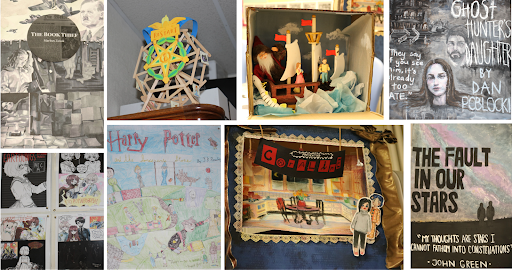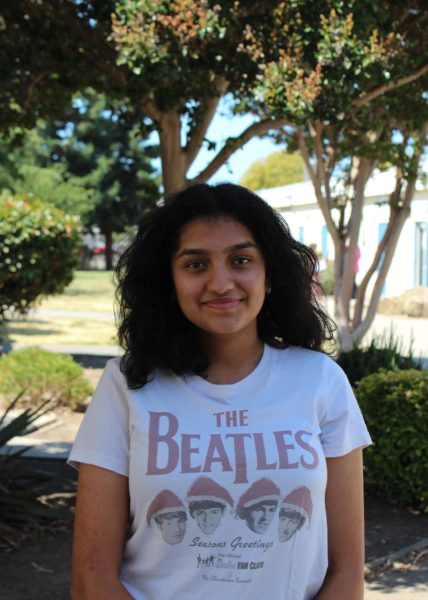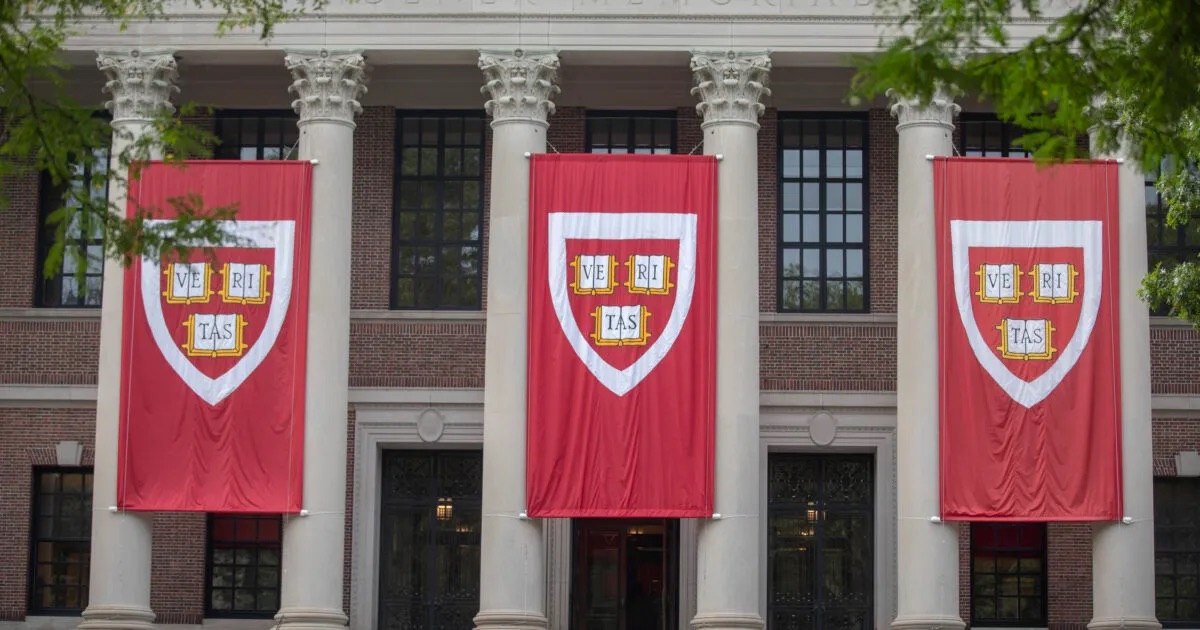We’ve all been there. It’s 1 am, and you’re reading the Sparknotes on the Grapes of Wrath for your quiz tomorrow. Irvington’s English Department uses ORBs, outside reading books, to boost engagement in classes and foster an intrinsic love for reading in students by letting them choose what they want to read outside the curriculum. Mr. Moyer and Ms. Selle, teachers of 9th and 10th grade English explain how they manage ORBs in their classes.
“I think, ultimately, we don’t get a lot of opportunities to just read for pleasure. And I think that’s a big part of what reading is. It’s supposed to be entertaining, and it’s supposed to be to make us feel things.” Ms. Selle discusses, expanding on how ORBs allow her classes to have more casual conversations about books. Mr. Moyer expands on how ORBs allow his students to have a sense of autonomy in their learning. “I think it can be helpful because it can be a space where kids can self-select a book that focuses on whatever they’re actually interested in, as well as the level of reading that they’re at. So I’ll have students who are really looking for extra challenges, who want to take on the classics, such as Moby Dick, or Quixote. I’ve seen other students, who are newer to independent reading, more interested in young adult literature. In my class, students can choose nonfiction, anthologies, or plays. In the end, I ask them, what do you think you would actually enjoy reading in your free time this year? Because you’re going to be doing difficult reading for my class already.” After finishing their books, students complete a culminating project to celebrate their learning journey. These projects can include book covers, movie adaptation posters, travel brochures for fictional settings, book soundtracks, dioramas, puppet shows, board games, movie trailers, or even costume designs for characters. “I’ve seen creative students thrive academically and personally with ORB projects,” Ms. Selle says, “especially the ones who aren’t always comfortable talking in class tend to express their ideas better through the final project.” Mr. Moyer shares a similar example. “I really like this movie poster student made, connected to Harry Potter and the Sorcerer’s Stone. And it was a student who didn’t think of himself as a very artistic person. He was very worried about this project, because he didn’t have amazing technical skills the way many of my students do. Still, he tried his best and really took his time. And he was really, really proud of the finished product. And then he was even more proud when I asked if I could hang it up on my wall.”






